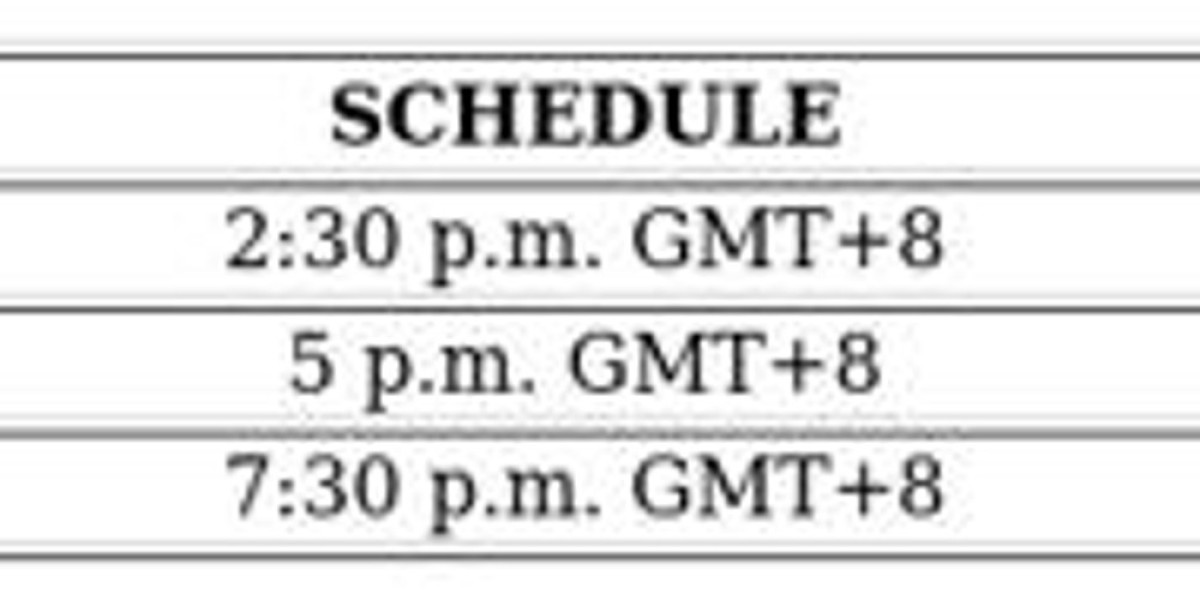When it comes to corporate compliance in India, maintaining transparency and adhering to regulations is essential. Among the various forms required under the Companies Act, 2013, the ADT-3 form holds a unique purpose. Designed specifically for circumstances involving the resignation of an auditor, the ADT-3 form ensures that all parties remain informed and compliant during such a significant transition.
In this blog, we will explore the ADT-3 form purpose, its importance, and the scenarios in which it is filed.
Understanding the ADT-3 Form
The ADT-3 form is a mandatory filing required under Section 140(2) of the Companies Act, 2013. It is the official document submitted by an auditor to the Registrar of Companies (ROC) when they resign from their role as the auditor of a company before the expiration of their term.
This form ensures that the resignation is formally communicated to the ROC, maintaining transparency and accountability in the auditing process.
What Is the Purpose of the ADT-3 Form?
The ADT-3 form purpose is centered around ensuring that the resignation of an auditor is recorded in an official and timely manner. Here are the key objectives of filing this form:
1. Transparency in Auditor Changes
The ADT-3 form creates an official record of the auditor’s resignation, helping the ROC and stakeholders stay informed about changes in the company’s auditing personnel.
2. Legal Compliance
By filing the ADT-3 form, auditors fulfill their legal obligation under the Companies Act, ensuring that they remain compliant with statutory requirements.
3. Avoiding Miscommunication
The ADT-3 form eliminates any ambiguity regarding the resignation of the auditor, providing clarity to both the company and regulatory authorities.
4. Stakeholder Protection
It ensures that shareholders, investors, and other stakeholders are aware of the resignation, allowing them to assess its implications on the company’s financial health and operations.
When Is the ADT-3 Form Filed?
The ADT-3 form must be filed by an auditor within 30 days of their resignation from the company. This timeline is crucial for maintaining compliance and avoiding penalties.
Key Scenarios Requiring ADT-3 Filing
The form is filed under the following circumstances:
- Voluntary Resignation by the Auditor
- When an auditor steps down before the completion of their term due to personal reasons, conflict of interest, or any other valid reason.
- Disqualification of the Auditor
- If the auditor becomes ineligible to continue their role as per the provisions of the Companies Act, they must file the ADT-3 form to inform the ROC.
- Changes in Company Policies
- In cases where the company decides to change its auditor during a financial year, the outgoing auditor must file the form.
- Professional or Ethical Issues
- If the auditor resigns due to concerns about ethical practices or professional disagreements with the company’s management, they are required to file the ADT-3 form.
Steps to File the ADT-3 Form
Filing the ADT-3 form is a straightforward process that ensures compliance with the law. Below are the steps involved:
1. Prepare the Form
Download the ADT-3 form from the Ministry of Corporate Affairs (MCA) portal. Ensure you have all the required details, including:
- Company’s Corporate Identification Number (CIN).
- Auditor’s details (name, address, and membership number).
- Reason for resignation.
2. Attach Supporting Documents
Attach a resignation letter addressed to the company’s board of directors, stating the reason for resignation and the effective date.
3. Digital Signature Certificate (DSC)
The form must be signed using a valid Digital Signature Certificate (DSC) of the resigning auditor.
4. Submit the Form
Log in to the MCA portal and upload the completed ADT-3 form. Pay the applicable fees and submit the form.
5. Acknowledgment
Once submitted, the system generates an acknowledgment, confirming the successful filing of the form.
Consequences of Non-Filing the ADT-3 Form
Failure to file the ADT-3 form within the prescribed time frame can lead to serious consequences:
1. Penalties for the Auditor
Non-compliance may result in monetary penalties or disqualification from practicing as an auditor.
2. Legal Repercussions
The Companies Act mandates strict adherence to compliance requirements. Failing to file the form could lead to legal proceedings against the auditor.
3. Damage to Professional Reputation
Not adhering to compliance can tarnish the auditor’s professional credibility, affecting future opportunities.
Importance of the ADT-3 Form for Businesses
The ADT-3 form is not just significant for auditors—it also holds importance for companies. Here’s why:
1. Smooth Transition of Auditors
By ensuring timely resignation filings, the company can proceed with appointing a new auditor without delays.
2. Avoiding Regulatory Issues
A company associated with non-compliant auditors risks attracting scrutiny from regulatory authorities.
3. Ensuring Stakeholder Trust
Filing the ADT-3 form signals transparency and accountability to shareholders and investors, building their trust in the company.
Tips for Seamless ADT-3 Compliance
To ensure smooth compliance with the ADT-3 filing requirements, here are some best practices:
- Timely Communication
- Auditors should inform the company about their resignation promptly, allowing ample time for filing.
- Maintain Accurate Records
- Keep all documentation related to the resignation, including the resignation letter and supporting correspondence.
- Seek Professional Assistance
- Engage a compliance expert or company secretary to handle the filing process and avoid errors.
- Monitor Deadlines
- Use compliance tracking tools to ensure that the ADT-3 form is filed within the stipulated 30-day period.
Conclusion
The ADT-3 form purpose lies in upholding transparency, accountability, and legal compliance during the resignation of an auditor. By ensuring that the form is filed on time and with accurate details, auditors and companies alike can avoid penalties, maintain professional integrity, and protect the interests of stakeholders.
Whether you’re an auditor looking to resign or a business navigating compliance requirements, understanding the significance of the ADT-3 form is essential for seamless operations. If you’re unsure about the process, consulting with compliance experts can save you time and effort while ensuring legal adherence.
Source: https://sustalks.com/blogs/44271/What-Is-the-Purpose-of-ADT-3-Form-and-When


